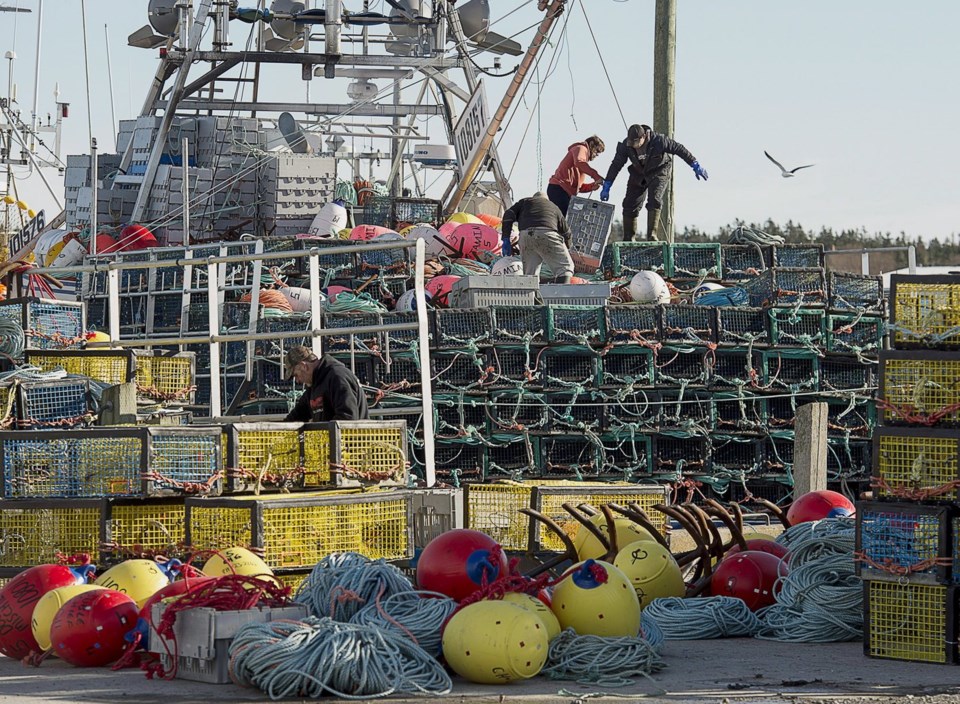HALIFAX — The Nova Scotia government says it will spend $1.73 million to help 22 seafood companies and related organizations reduce their carbon footprints.
Fisheries and Aquaculture Minister Kent Smith says much of that money will be used to reduce fossil fuel consumption by helping businesses purchase electric motors for fishing vessels and install solar systems, among other things.
Among those receiving funding is Asadalia Fisheries in Pictou, N.S., which will receive $250,000 to pay for a hybrid diesel-electric lobster boat.
As well, Lobster Hub Inc. in Meteghan Centre, N.S., is getting $100,000 for an energy efficient refrigeration unit for a new lobster pound.
Ian McIsaac, president of the Seafood Producers Association of Nova Scotia, says the funding will help make the provinces' processing sector more efficient and productive.
Since June 2024, 36 projects have received funding through the provincial Fisheries Department's Energy Efficiency Innovation Fund totalling $3.54 million. The amount remaining in the fund is $2.96 million. The Department will be accepting funding applications for the third round later this year.
"With the many challenges Canada has faced lately, every step in streamlining and modernizing our sector is vital in competing globally and supporting communities and jobs at home," McIsaac said. "These investments show that the province understands these challenges and is working to grow the sector.”
This report by The Canadian Press was first published June 27, 2025.
The Canadian Press



